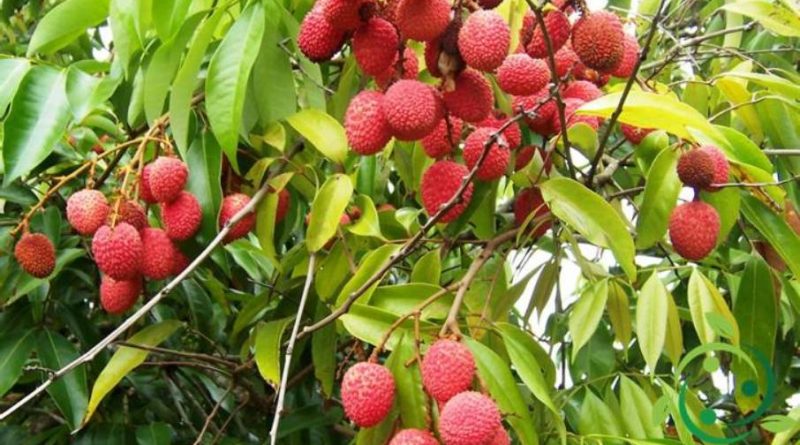How to grow the Litchi
How to grow the Litchi
The litchi or cherry of China (Litchi chinensis Sonn.) Is a tropical and subtropical plant that can reach a height of 15-20 meters of the Sapindaceae family. The fresh fruit has a white, delicate and fragrant pulp. The fruits are round and initially green, in clusters. At the end of autumn, the fruit becomes pink or red when ripe. the coriaceous skin is not edible but can be easily detached. Inside is a large, dark brown oval seed. The fruit is consumed fresh or dry and is used for the preparation of jams and liqueurs. In this guide we will see how to grow the Litchi in Italy and the necessary precautions.
For the cultivation of the Litchi, being of tropical origin, hot and humid summers and rather dry winters are necessary. In Italy its cultivation is possible only in Sicily and in Calabria; but despite everything it does not have an easy fruiting.
The Litchi tree needs sunny places, with temperatures maintained at 20-25 ° C; in any case, after the planting of the specimens up to 2 years of life, they should be sheltered from the summer sun and strong winds. Adult plants, on the other hand, can withstand intense cold, even if for a short time. In order to bear fruit, the Litchi tree must undergo a vernalization phase with winter temperatures between 0 and 12 ° C. Important is the use of irrigation, especially from the month of May, never allowing the soil to dry up excessively. Recall that the Litchi needs a loose soil, rich in organic substance and well drained (even if in tropical areas it grows in clayey or even filthy soils).
Fertilization begins to take place one year after planting, with mature manure and then must be periodically integrated with mature manure or compost. Some use nitrogen-based chemical fertilizers to improve the vegetative phase and subsequent fructification but this technique predisposes the plant to a lower resistance to attacks of mites and aphids, which ruin the leaves compromising the harvest, and larvae of insects that dig tunnels in the branches. The Litchi tree, fortunately, is less prone to fungal attacks. In any case, treatment with nettle macerate will give that vigor and resistance that must not be replaced by chemistry.
The Litchi plant needs a training pruning especially in the first years of life. For a healthier plant growth it is advisable to keep the base of the tree clean and to create an expanded or open cone structure. Subsequently, it will be necessary to perform pruning aimed at the removal of damaged branches, dead and developing in wrong ways. Another pruning to be carried out is that following the harvest; in this case the length of the branches must be reduced by 30%, to stimulate the regrowth and flowering. After about 15 years of life a pruning of renewal may be necessary; in this case an energetic pruning will have to be done, removing the oldest branches and recreating a new scaffolding.
If you can not find plants to be planted (but now the specialized nurseries are equipped with them) you can make a reproduction by layering; the operation must be carried out by engraving a branch of about 2 cm of thickness with the part that must be kept in the air for a few days; after which it is wrapped in a plastic sheet containing sphagnum and damp peat. After about two months, the part emits roots; at this point it can then be detached from the plant and transplanted in a shaded area. The time required for the plant to go into production is about five years.

